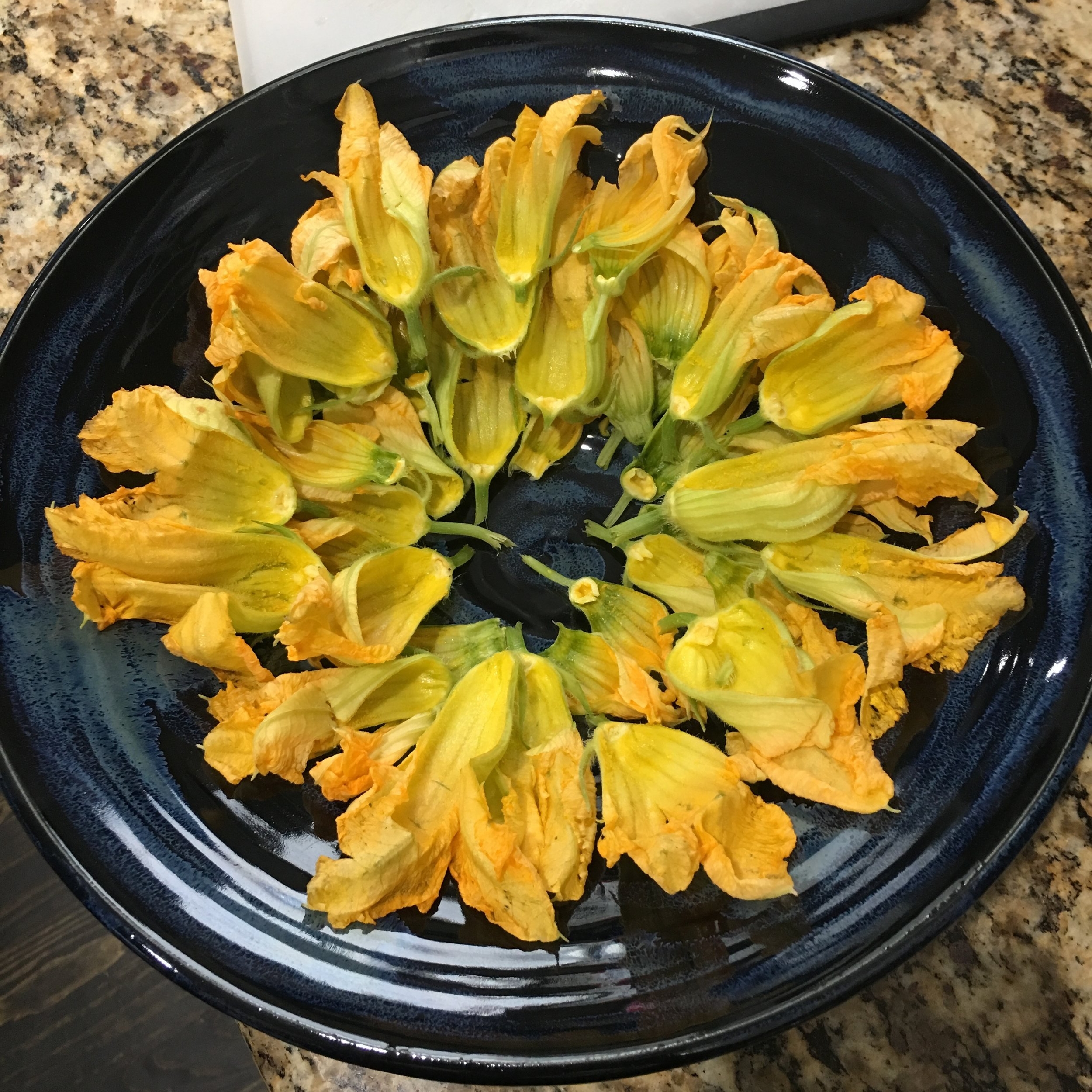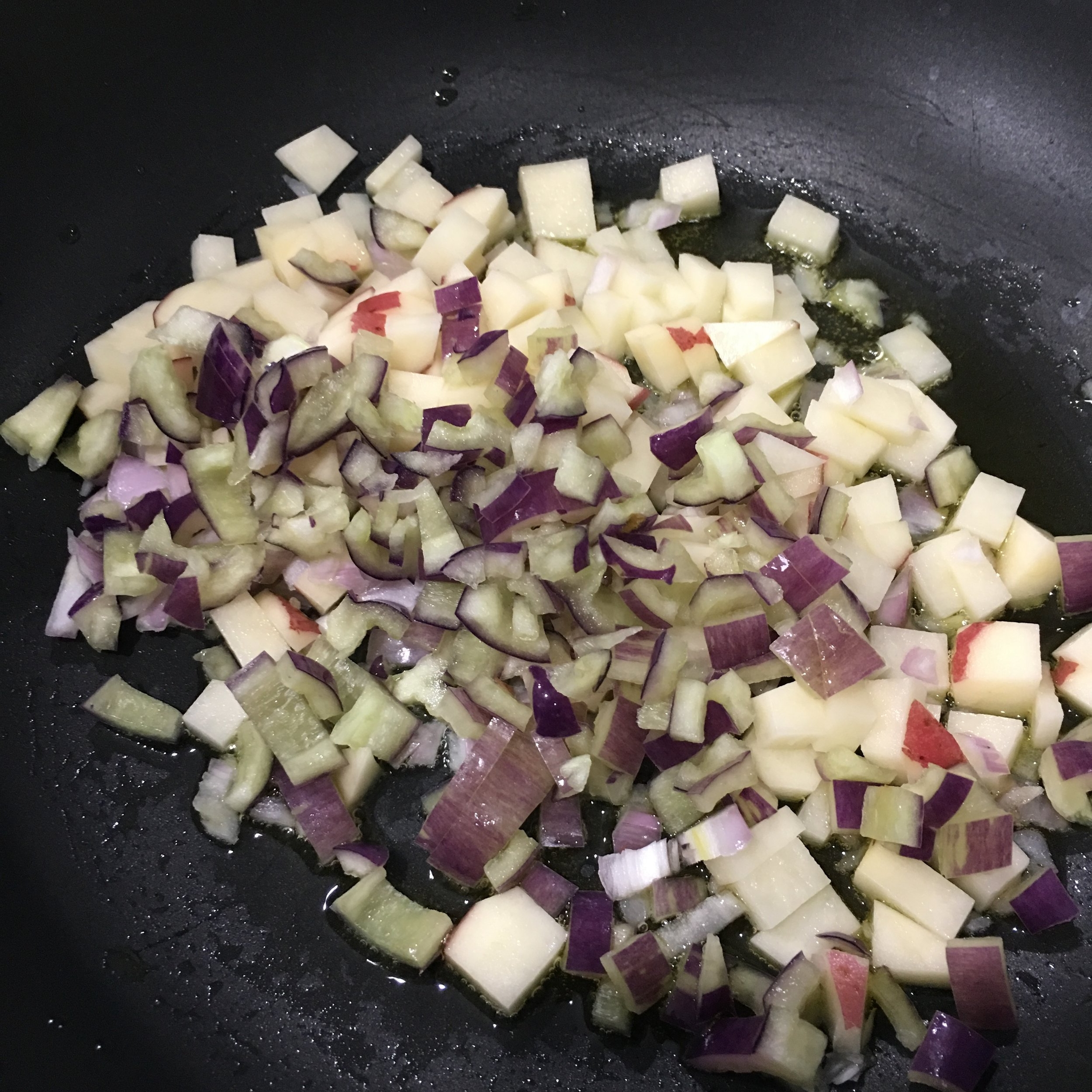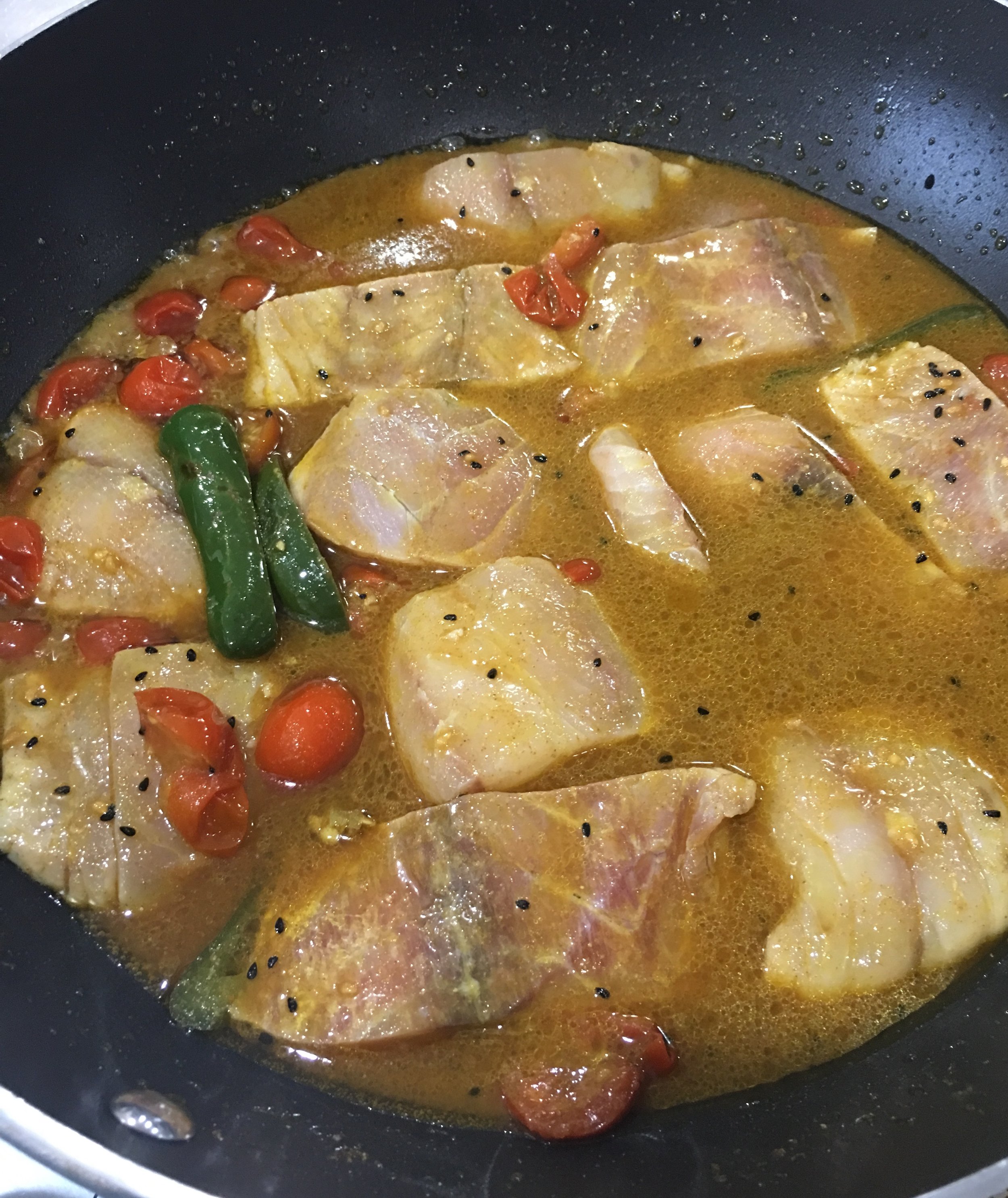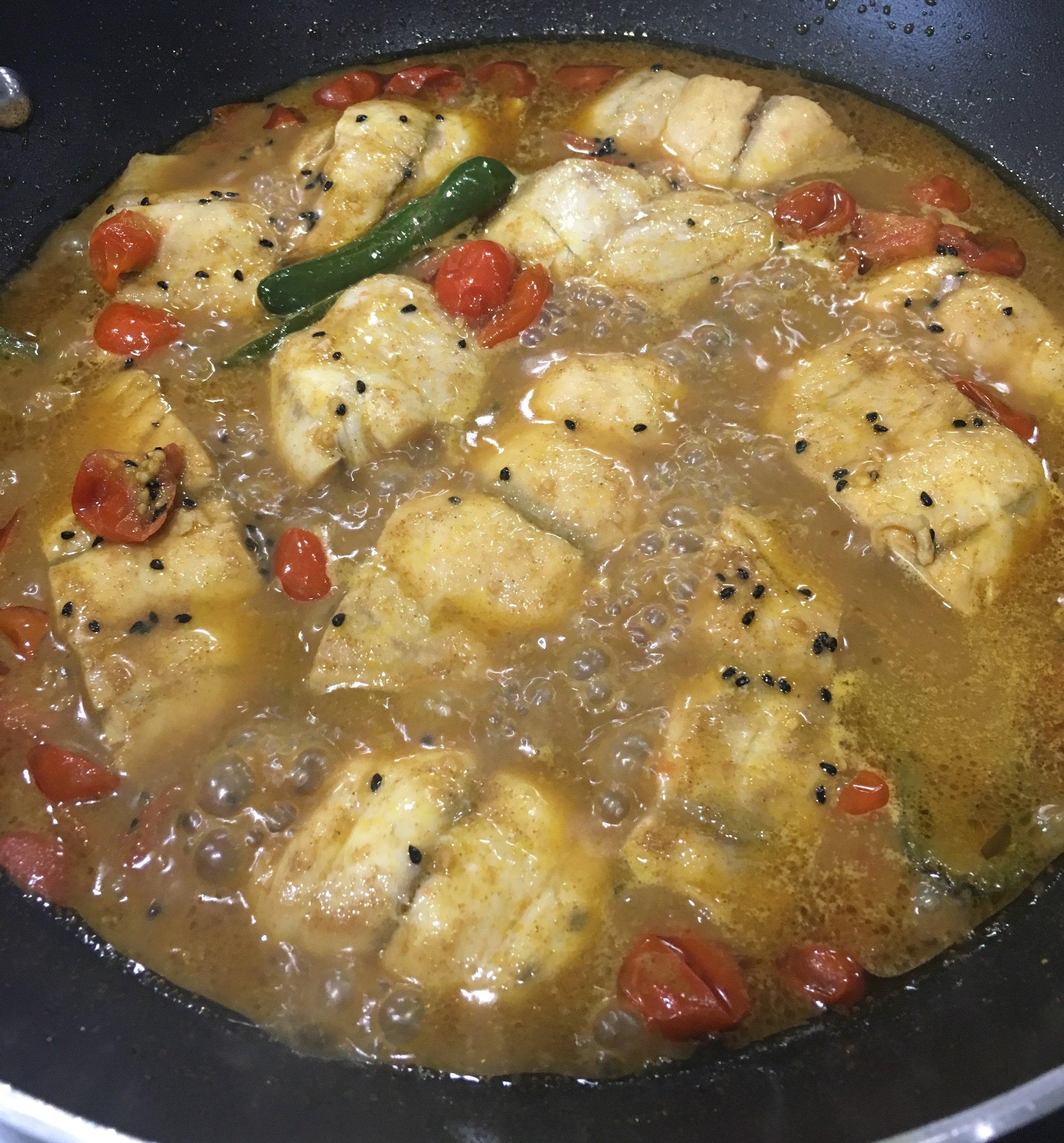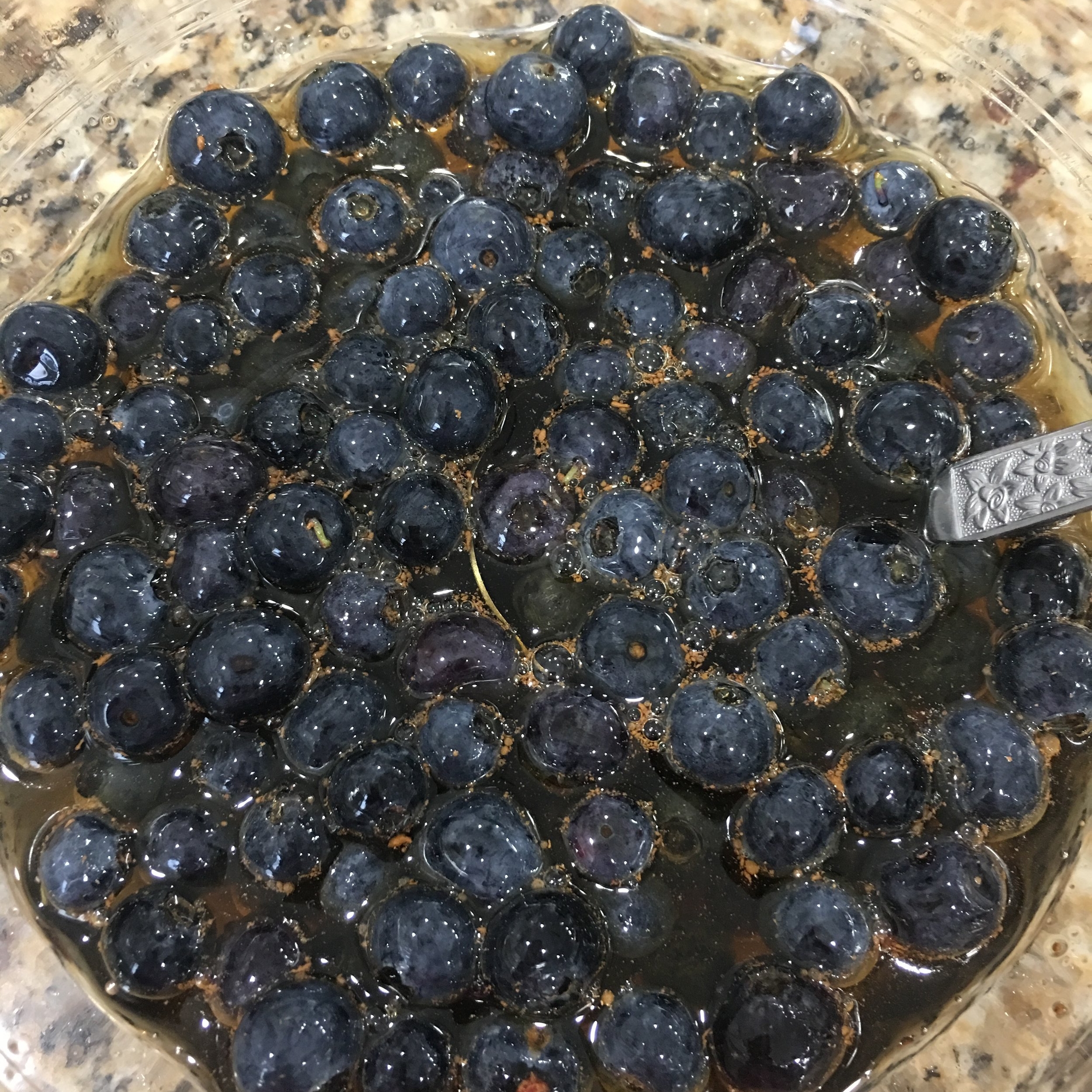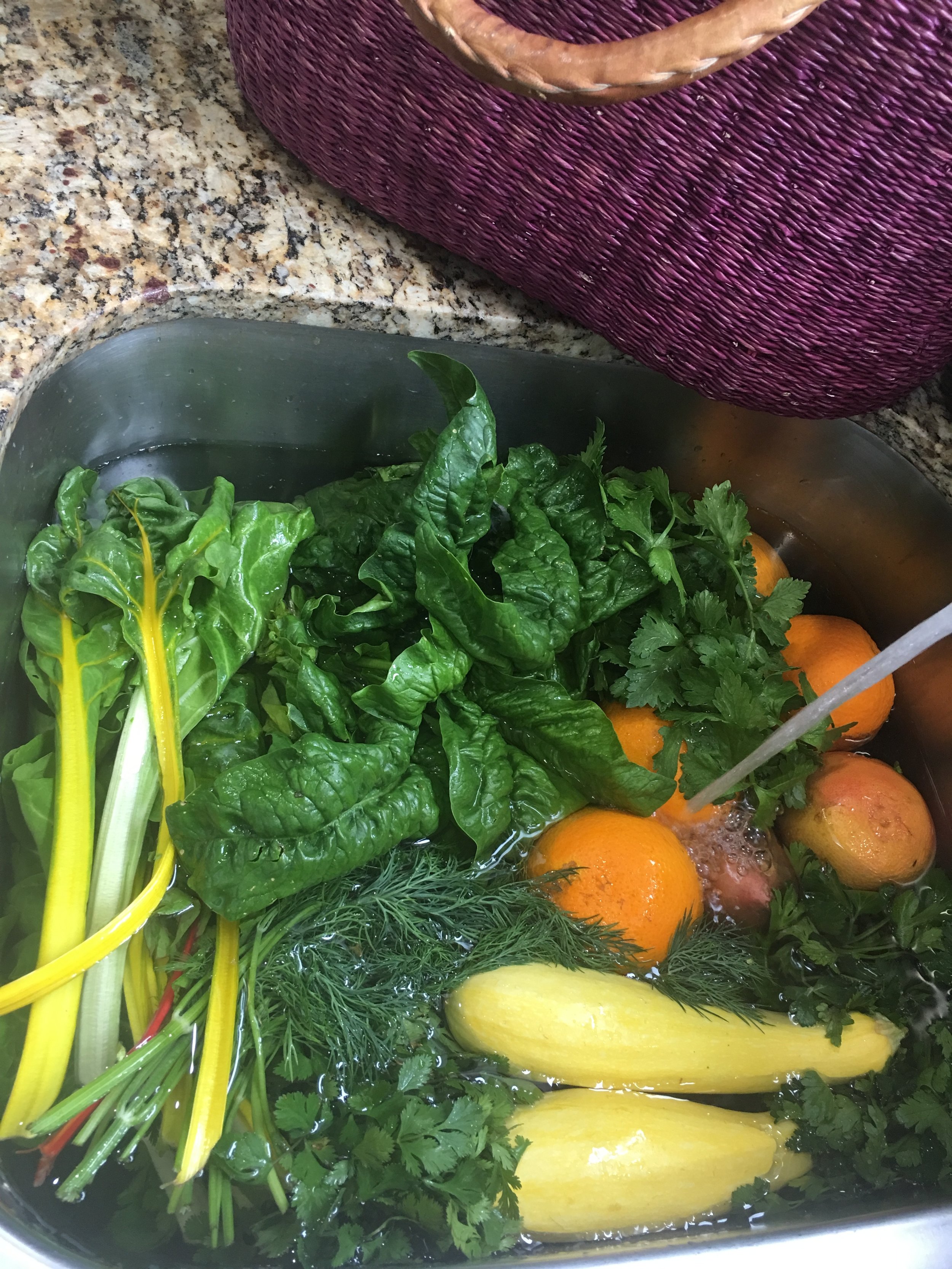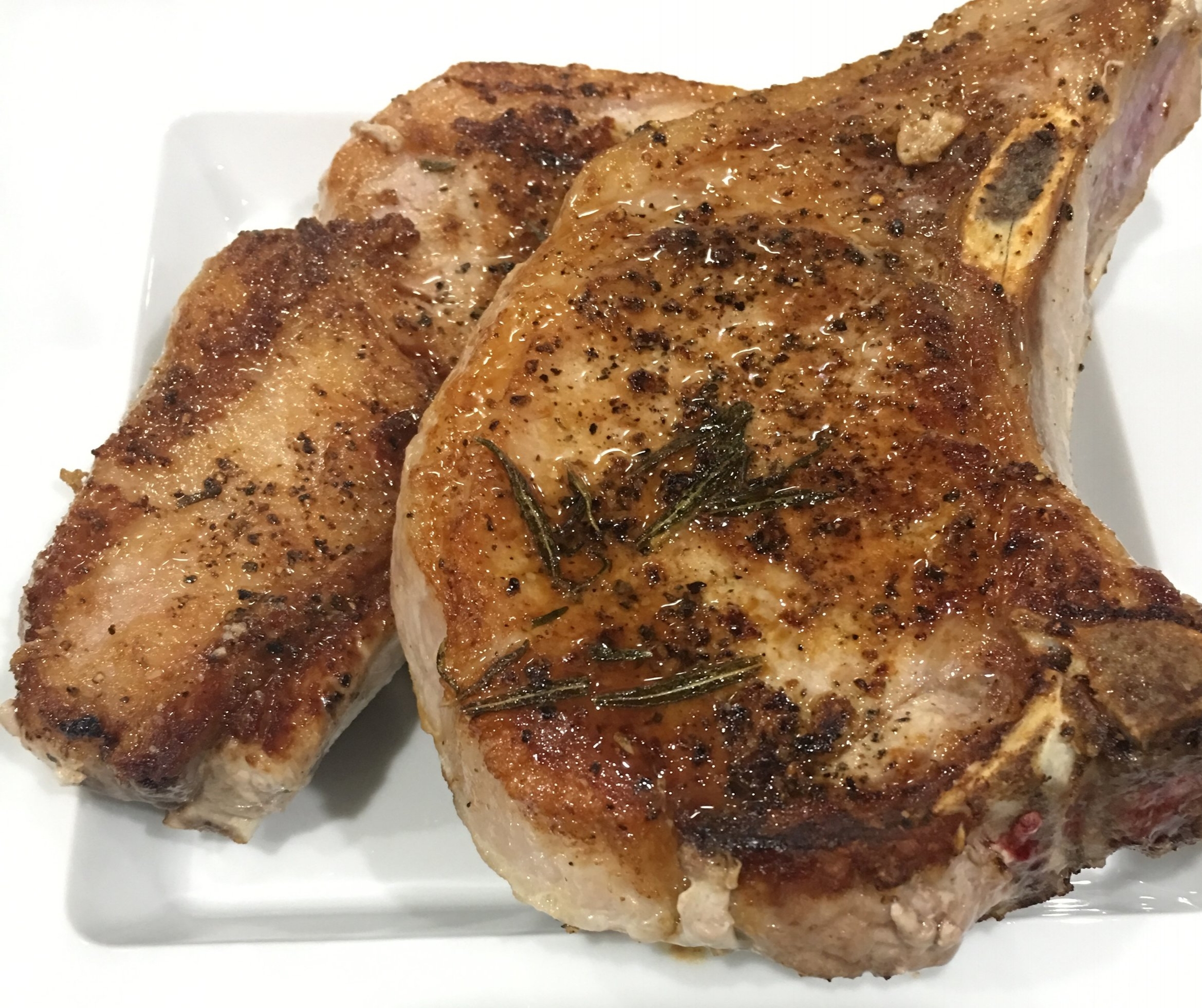Squash blossoms are a delicate things that appear in the farmers’ market for the briefest time in early summer. If I see them, I buy them and rearrange my day so I can cook them as soon as I get home. I usually fry them in a tempura style batter with chickpea flour and Indian spices, or go in an Italian direction. Sometimes, I stuff them with goat cheese, coat them with egg wash and panko and bake them. All of these methods are time consuming and take multiple steps, though the results are always worth the effort. I’ve always wanted to have an easy way to make them, and not feel the mixed roller coaster of emotions at the excitement of finding them, then the pressure of having to prepare them almost immediately, and finally anticipation and delight of their taste .
So when I spied the beautiful delicacies at the market this week (Farmer Sarment from Plant It Forward does it again), I was determined to find a quick, easy and delicious way to prepare them.
I had baked a loaf of no-knead bread for the week and had Lira Rossa fresh ricotta on hand. I had a beautiful purple pepper from Johnson’s Backyard Garden, red potatoes from Atkinson Farms and a few skinny plum tomatoes from Sarment. So this dish came together as a light supper, packed with nutrition, taste and the excitement of squash blossoms, with all the ingredients gathered at that morning's farmers’ market.
To to prepare the blossoms themselves, I shake them out, gently rub with a moist paper towel, cut them in half lengthwise and take out the stamens. A little residual pollen is no problem.
I used Penzy’s Herbs de Provence and a little chipotle powder to create a fresh taste with a hint of spice. Mixing different cultural styles seems perfect as these blossoms are enjoyed by so many cultures, capturing a moment in time that seasonal cooking highlights. The addition of tomatoes provides sweetness and balanced acidity.
The flavor of squash blossoms is delicate and mild, but unforgettable. If you’ve never had them, this is an easy way to try them. The sautéed blossoms can also be used as a lovely side dish.
RECIPE : Bruschetta with Sautéed Squash Blossoms & Fresh Ricotta
INGREDIENTS
- 16 squash blossoms, halved lengthwise with stamens removed
- 1 Tablespoon extra virgin olive oil
- 2 Tablespoons chopped shallot
- 1/3 cup finely chopped sweet pepper (use what you can find)
- 1 cup diced red potatoes
- 1/2 cup chopped tomatoes (if they are very watery, discard some of the seeds and water)
- 1 teaspoon Herbs de Provence
- 1/4 teaspoon chipotle powder
- 1/2 teaspoon sea salt
- 1/4 teaspoon freshly crushed black pepper
- 4 slices of toasted bread
- 1/2 cup ricotta cheese
- Extra virgin olive oil, salt and pepper
PROCESS
Sautéing Squash Blossoms
- Place oil in pan with shallots, peppers, potatoes, herbs de Provence, chipotle, salt and pepper.
- Sauté for 4-5 minutes until the vegetables are translucent.
- Add the tomatoes and cook another 4-5 minutes until the potatoes are cooked though.
- Add the squash blossoms and toss to just wilt. Take off the heat.
- Adjust seasonings.
Assembling the Bruschetta
- Spread 2 Tablespoons of ricotta on each slice of toasted bread.
- Drizzle with a 1/4 teaspoon olive oil, and sprinkle a tiny bit of salt and pepper over the cheese
- Top with the sautéed squash blossom mixture.
Serves 4
